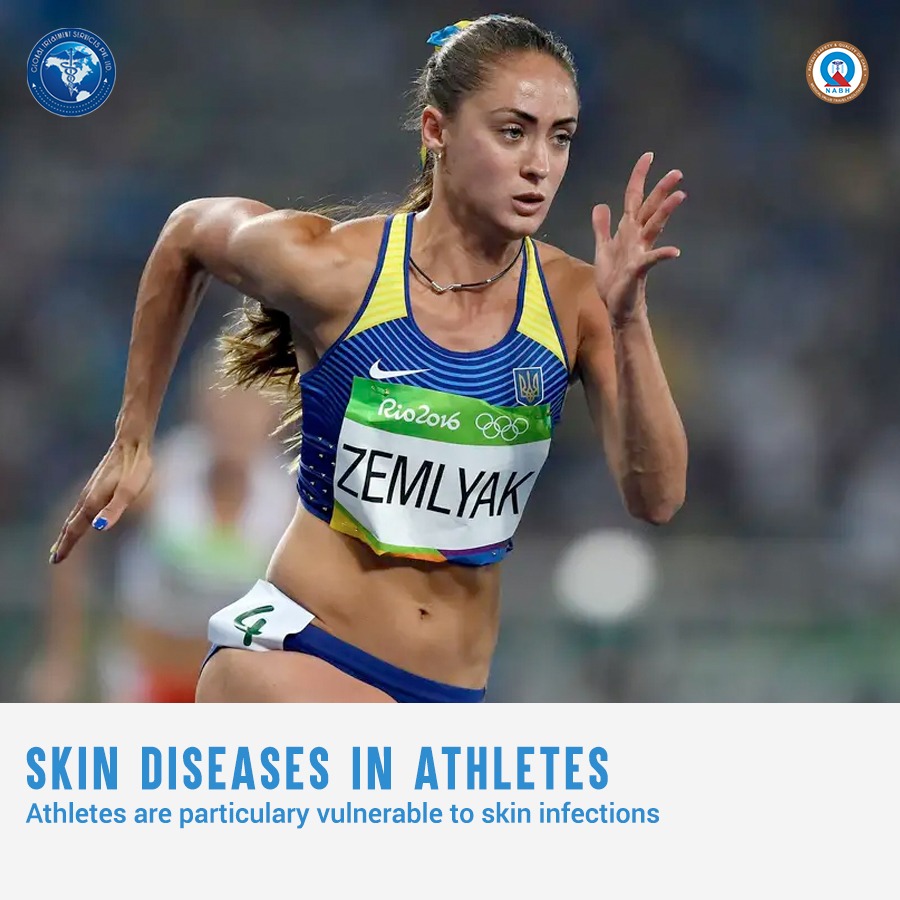Overview
Hyperhidrosis is excessive sweating that’s not always related to heat or exercise. You may sweat so much that it soaks through your clothes or drips off your hands. Heavy sweating can disrupt your day and cause social anxiety and embarrassment. Hyperhidrosis treatment usually helps. It often begins with antiperspirants. If these don’t help, you may need to try different medications and therapies. In severe cases, your health care provider may suggest surgery to remove the sweat glands or to disconnect the nerves related to producing too much sweat.
 Causes
Causes
Overactive sweat glands cause hyperhidrosis. Your eccrine glands (sweat glands) create sweat to cool down your body when you get hot. This process activates when you exercise or if you’re nervous. If you have hyperhidrosis, your eccrine glands activate and produce sweat more often than when your body is too hot. You may experience sweating at random times of the day when there isn’t something like an activity or emotion causing your glands to produce sweat. Research is ongoing to learn more about why your glands make too much sweat.
Symptoms
The main symptom of hyperhidrosis is sweating. When you sweat, you may feel:
- Wetness on your skin.
- Damp clothing.
- Beads of fluid dripping from your cheeks or forehead.
Over time, hyperhidrosis can lead to the following symptoms:
- Itching and inflammation when sweat irritates your skin.
- Body odor, which occurs when bacteria on your skin mixes with sweat particles.
- Cracked or peeling skin on your feet.
Hyperhidrosis symptoms can range in severity. You may have minor symptoms that come and go or you may have constant symptoms that have an impact on your day-to-day activities.
Diagnosis and Tests
A healthcare provider may use one of the following tests to determine the cause of hyperhidrosis:
- Starch-iodine test: Your provider applies an iodine solution to the sweaty area and sprinkles starch over the iodine solution. In places where you have excess sweating, the solution turns dark blue.
- Paper test: Your provider places special paper on the affected area to absorb sweat. Later, your provider weighs the paper to determine how much sweat you have.
- Blood or imaging tests: These tests can take a sample of your blood or take pictures underneath your skin to help your healthcare provider learn more about what causes your symptoms.
Management and Treatment
Treatment for hyperhidrosis varies based on the part of the body affected, the severity of your diagnosis and what treatment options work for you.
At-home hyperhidrosis treatment
You can manage your symptoms of hyperhidrosis at home by:
- Using antiperspirants and deodorants. Antiperspirants work by sealing up sweat glands so your body stops producing sweat. A provider may recommend certain over-the-counter (OTC) or prescription-strength varieties. The best deodorant for hyperhidrosis is an aluminum-based product.
- Showering or bathing more often. Changing your routine, such as showering more often, may improve mild symptoms.
- Wearing breathable clothing. Choosing clothing that’s breathable and more absorbent, like cotton, can help you feel more comfortable if you sweat. Avoid blended fabrics and polyester, which can trap heat and make you sweat more.
Hyperhidrosis medications
A healthcare provider or dermatologist may recommend taking medications to reduce your symptoms of hyperhidrosis
To conclude, if you are diagnoised with other major disease and looking for treatment in India well, you can send us your queries via email i.e, query@gtsmeditour.com or whatsapp us on +91 9880149003 for free second medical opinion and more .
Happy to assist..!
Thank you..!


